Life Without iPhone Headphone Jacks: The Q&A

It’s official now: There’s no 3.5-millimeter headphone jack on the latest iPhones. Or the latest Motorola phones. Or LeEco phones in China. And it will be disappearing from other brands, too.
“WHY!?” scream the masses. “WHY!?”
Actually, that’s not the masses’ only question. So here, all in one place, is the complete list of questions and answers pertaining to the iPhone 7 and its lack of a headphone jack.
Q: Why? In God’s name, why?
A: Well, to paraphrase my own article yesterday: The 3.5-millimeter jack debuted with the transistor radio in the early 1960’s; it was, for example, on the Sony EFM-117J radio, which came out in 1964. In short, the jack that everyone’s whining about is 52 years old.
As a result, it’s bulky. And in a phone, bulk = death.
By today’s standards, the 3.5-millimeter jack is huge on the inside. (See the red box below.) The cylinder that accommodates your headphone plug is now among the thickest components of your phone. That internal assembly is what’s preventing phones from getting any thinner — and what’s preventing their batteries from getting any bigger.

Apple says that in the iPhone 7, removing the headphone assembly made space for three useful improvements. First, the battery is indeed physically larger; it drives the phone for 2 hours more than the previous iPhone.
Second, the iPhone 7 gains an optical image stabilizer — a suspension for the lens that prevents blurry photos when your hand jiggles slightly — and that component is pretty big, too.
And third, the new screen technology occupies more space.
Q: Well, how am I supposed to listen to music?
A: In the box, you get a new pair of iPhone earbuds that plug into the Lightning connector — the phone’s charging jack.
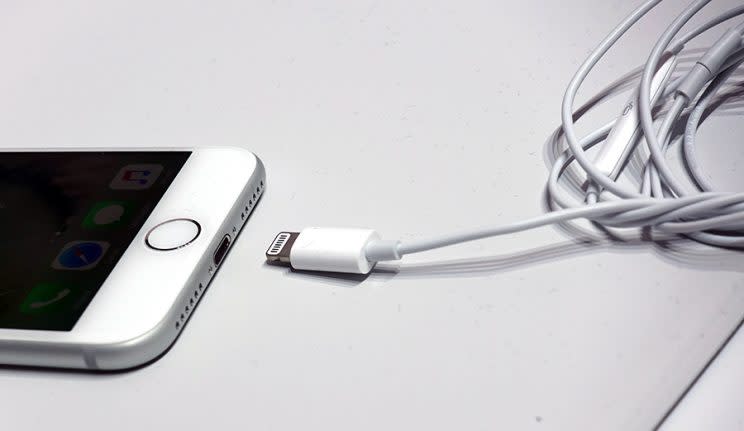
Q: That’s absurd! I don’t want to have to use Apple earbuds!
A: You don’t have to. Many other companies sell headphones and earbuds that also plug into the Lightning connector.
Q: Oh, great. So I have to buy brand-new headphones?
A: No, you don’t. In the iPhone box, you also get a small adapter that lets you plug any headphones or earbuds into the Lightning connector.
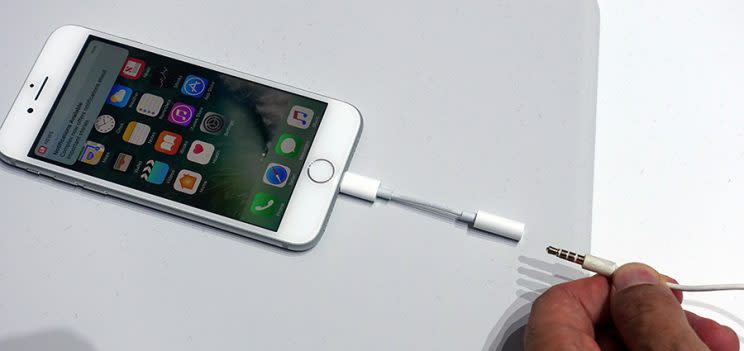
Q: But I have two favorite pairs of headphones!
A: Apple’s Lightning adapters cost $9. That’s cheap enough that you can buy a second one and just leave it on your other headphones.
Q: How am I supposed to listen to my car’s aux jack, or to a plane’s in-flight entertainment?
A: Plug your existing headphones into it.
Q: If the Lightning jack is occupied by headphones, how am I supposed to charge the phone while listening?
A: You have two choices. You can buy an adapter that offers a second Lightning jack for charging, like this one from Belkin.
Or you can use wireless earbuds.
Q: Wireless earbuds!? But Bluetooth audio is terrible!
A: Sometimes it is. But the ones from Apple (called AirPods) and its subsidiary (Beats) incorporate new protocols on top of Bluetooth, for instant pairing and zero latency (lag). I tried the AirPods while watching “The Jungle Book” on an iPad, and, as promised, there was zero latency.
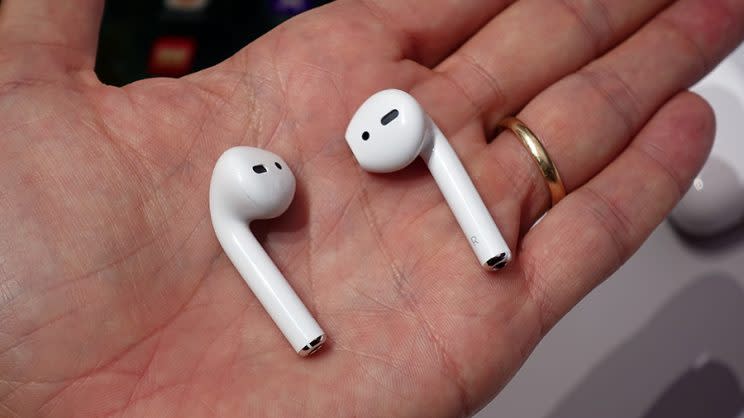
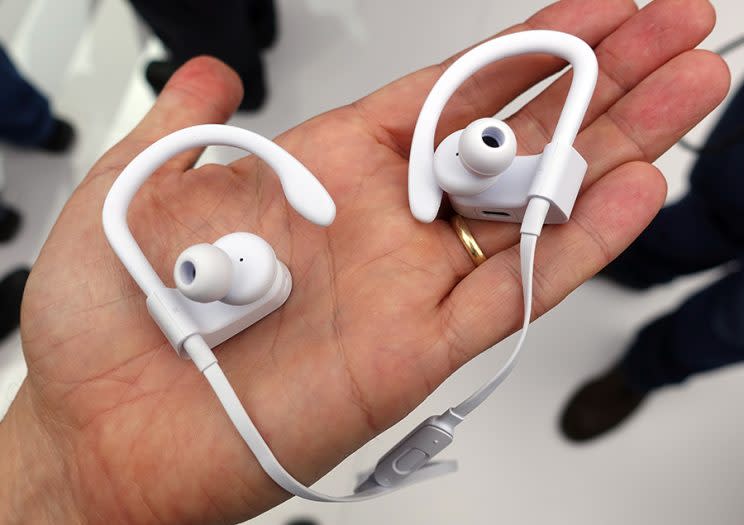
Q: How long do the batteries in those AirPods last?
A: Five hours on a charge.
Q: That’s absurd! That won’t even last the flight from JFK to San Francisco!
A: They come with a carrying case that’s also a recharging battery pack. The AirPods can get a three-hour charge from the case in 15 minutes. You can do that eight times per battery-case charge, for a total of 24 hours of music.
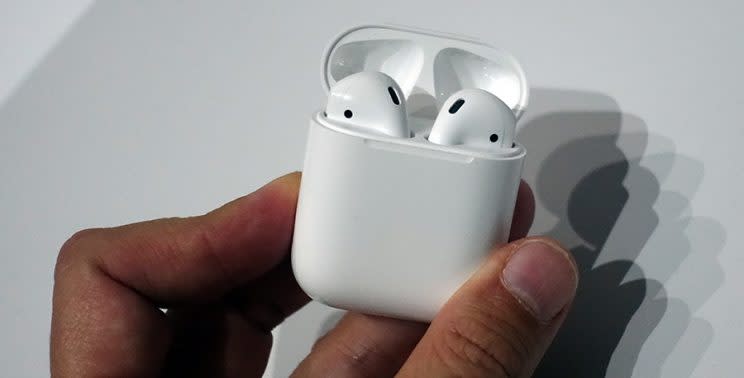
Q: Yeah, but people are gonna lose those AirPods in, like, a week. They’re not even attached.
A: Accessory makers will soon offer sport bands — thin straps that connect the two AirPods so that one of them can’t drop out of your ear and fall down the sewer grate.
Or you can use a piece of dental floss.
Q: Can I use those AirPods (or wireless Beats) on my Mac?
A: Yes. In fact, here’s something cool: Once you’ve paired them to your iPhone, they’re automatically paired (via iCloud syncing) to all your other Apple devices: phones, tablets, Macs. Your “AirPods” will then appear as an audio-output option on all of your Apple machines.
You can also use the AirPods with an Android phone, a Windows machine—anything with Bluetooth audio (although you won’t get the added reliability of Apple’s added protocols).
Q: Can I use those AirPods on older iPhones?
A: Yes — any iPhone that’s running iOS 10.
Q: How complicated is it to switch what the AirPods are listening to?
A: Zero. You just start playing music on the second device; the AirPods immediately start playing.
Q: Well, I don’t like change, and I think this is terrible.
A: You don’t have to play along. You can still buy many phones, including both Android and iPhone models, that have standard headphone jacks.
It will take a few years before the 3.5-millimeter jack has disappeared completely. That should give you some time to get used to the idea that this bulky, 52-year-old connector’s time has finally come.
More of our Apple event coverage:
David Pogue is the founder of Yahoo Tech; here’s how to get his columns by email. On the Web, he’s davidpogue.com. On Twitter, he’s @pogue. On email, he’s [email protected]. He welcomes non-toxic comments in the Comments below.
